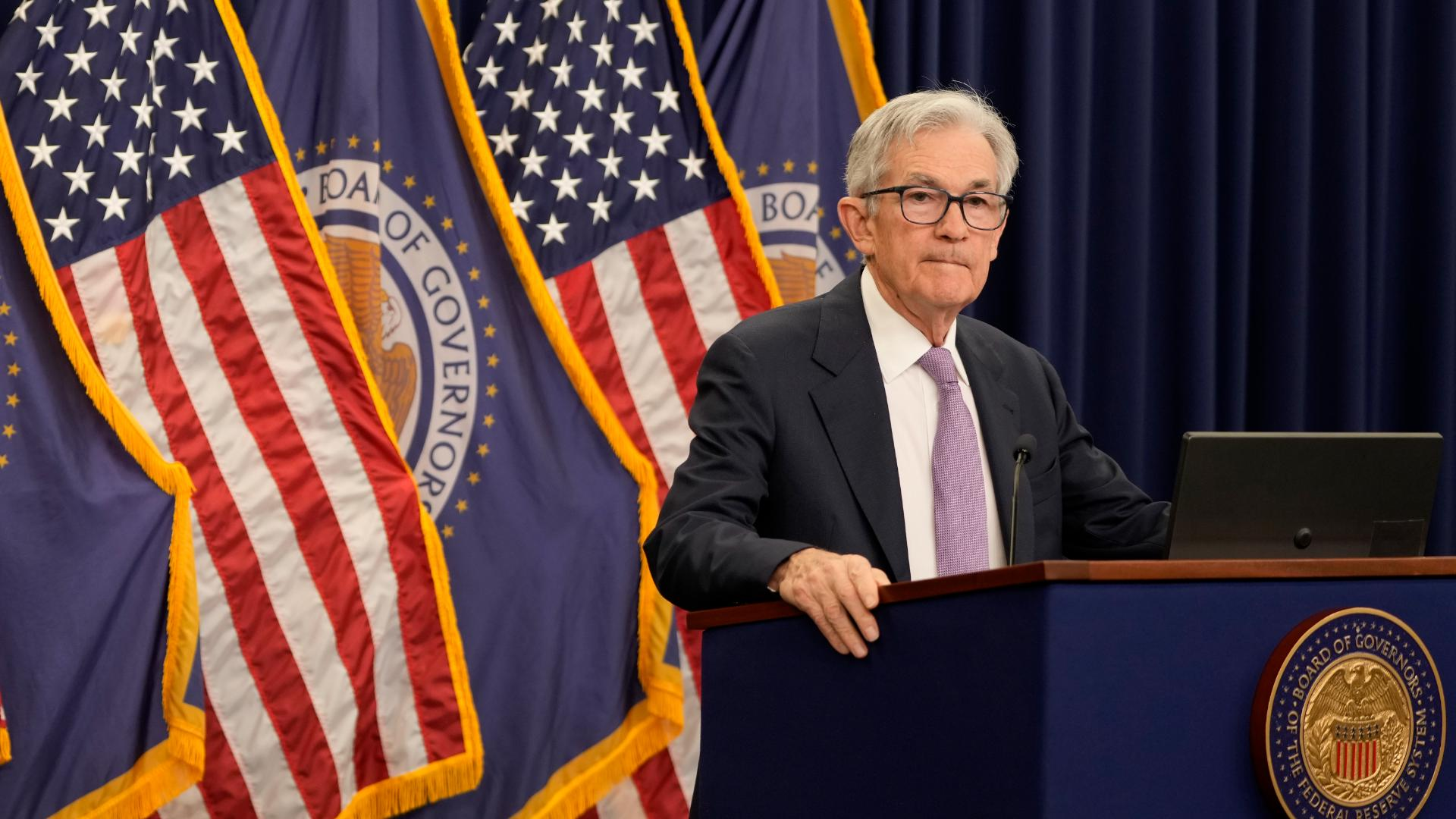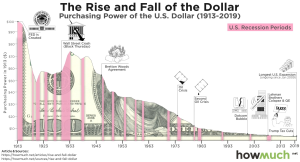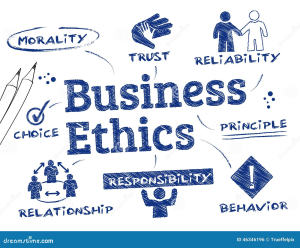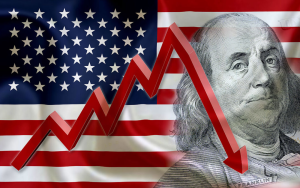The recent Federal Reserve rate cut represents a significant shift in monetary policy, aimed at stimulating economic growth amid rising consumer concerns. By lowering interest rates, the Fed hopes to alleviate some of the pressure on consumers dealing with high mortgage rates and mounting consumer debt. As borrowing costs decrease, homebuyers and those looking to refinance can likely benefit from more affordable mortgage options, which could enhance housing affordability in the current market. Furthermore, this move signals the Fed’s recognition of the need for consumer debt relief, particularly as inflation pressures begin to ease. Economists suggest that such actions could pave the way for renewed economic momentum and greater confidence among consumers and investors alike, ultimately shaping the landscape of the U.S. economy for the better.
Recent adjustments by the Federal Reserve to lower benchmark interest rates have sparked discussions about the broader implications for the economy. This pivotal decision aims to foster a more conducive environment for borrowing, which could improve sectors like housing and stimulate spending among consumers burdened by debt. As loans become less expensive, we may see a decrease in mortgage costs, enhancing accessibility to home ownership while potentially easing strains on housing markets nationwide. Such strategic rate interventions are designed not just to combat inflationary pressures but also to create a cushion for consumers and businesses, encouraging growth through favorable lending conditions. In this context, the Fed’s actions are not just financial maneuvers but essential steps toward fostering greater economic stability.
Understanding the Federal Reserve Rate Cut Impact
The recent Federal Reserve rate cut has sent ripples through the economy, potentially benefiting a wide swath of consumers facing high borrowing costs. As rates are lowered, credit card users may find relief from escalating interest payments, translating to more disposable income in their pockets. This descent in rates is anticipated to foster robust economic growth, as consumers are likely to increase spending, thereby stimulating demand in various sectors.
Economists suggest that this is a strategic move by the Federal Reserve to support overall economic stability. By lowering the cost of borrowing, the Fed aims to reduce consumer debt burdens and encourage spending, which is vital for recovery. Notably, the implications extend beyond just individual consumers; businesses could also see an uptick in investment as financing becomes more affordable, ultimately benefiting the broader market.
Frequently Asked Questions
How does a Federal Reserve rate cut affect mortgage rates?
A Federal Reserve rate cut typically leads to lower mortgage rates, as lenders anticipate reduced borrowing costs. This trend is expected to continue, helping to alleviate some housing affordability issues. As the Fed eases its policy, mortgage rates are likely to decrease further, making home purchases more accessible for potential buyers.
Will the recent Federal Reserve rate cut benefit consumers with credit card debt?
Yes, the recent Federal Reserve rate cut is expected to provide relief for consumers struggling with credit card debt. As the Fed lowers interest rates, lenders may reduce the rates on credit cards, making it easier for consumers to manage their debt and potentially pay it down faster.
What impact does the Federal Reserve rate cut have on economic growth?
The Federal Reserve rate cut is designed to stimulate economic growth by lowering the cost of borrowing, which encourages consumer spending and business investments. Over the next six to twelve months, this could result in modest job creation and improved economic conditions.
Are further Federal Reserve rate cuts expected in the near future?
Yes, further Federal Reserve rate cuts are anticipated. The Fed signaled that there may be two additional cuts by the end of the year, pending economic data. Such cuts could help sustain economic momentum and keep inflation in check.
How might a Federal Reserve rate cut influence housing affordability?
A Federal Reserve rate cut is likely to improve housing affordability by lowering mortgage rates, making home loans cheaper for buyers. This reduction in borrowing costs can help more individuals enter the housing market, supporting overall economic stability.
Can consumers expect immediate relief from high interest rates after a Federal Reserve rate cut?
While a Federal Reserve rate cut can lead to lower interest rates, consumers may not see immediate relief on all types of debt. Rates on credit cards and personal loans are influenced by various factors and may take time to adjust, remaining relatively high even after a rate cut.
What role do Federal Reserve rate cuts play in consumer debt relief?
Federal Reserve rate cuts play a critical role in consumer debt relief by lowering borrowing costs across various loan types. This encourages consumers to refinance existing debt and make higher payments on principal balances, ultimately leading to reduced financial strain.
How does the Federal Reserve rate cut affect stock market investors?
The Federal Reserve rate cut is typically viewed favorably by stock market investors, as lower interest rates can boost corporate profits and stimulate economic growth. This environment often leads to increased stock prices, benefiting investors holding equities.
What is the relationship between Fed interest rates and inflation?
The relationship between Fed interest rates and inflation is significant; when the Fed cuts rates, it aims to stimulate spending and investment, which can lead to higher inflation if the economy grows too quickly. Conversely, raising rates can help rein in inflation by tempering economic activity.
| Key Point | Details |
|---|---|
| Fed Rate Cut Decision | The Federal Reserve cut a key interest rate by half a percentage point, the first reduction in four years, which could lead to lower borrowing costs. |
| Impact on Consumers | Consumers with credit card debt, car loans, and homebuyers may see benefits from the rate cut, though the degree and timing of these benefits are uncertain. |
| Future Expectations | Fed Chairman Jerome Powell indicated that further cuts might occur, potentially totaling another half-point by the end of the year. |
| Economy Outlook | This rate cut aims to stymie recession fears while promoting job growth and economic stability. |
| Mortgage and Housing Market | Mortgage rates are expected to move down as Fed policy eases, which may provide some relief to the housing affordability crisis. |
| Consumer Debt Relief Timeline | Consumer relief on credit card and loan interest rates is uncertain and may take time, with predictions that rates will still remain relatively high for some time. |
Summary
The Federal Reserve rate cut is a significant development in U.S. monetary policy that aims to ease borrowing costs for consumers and stimulate economic growth. Although the immediate benefits for consumers are not entirely clear, the Fed’s decision is likely to positively impact credit card debt, mortgage rates, and the broader housing market over the coming months. As such, this strategic move by the Federal Reserve signals its commitment to maintaining economic stability while addressing inflation concerns, making the need for further rate cuts probable as labor market conditions evolve.




